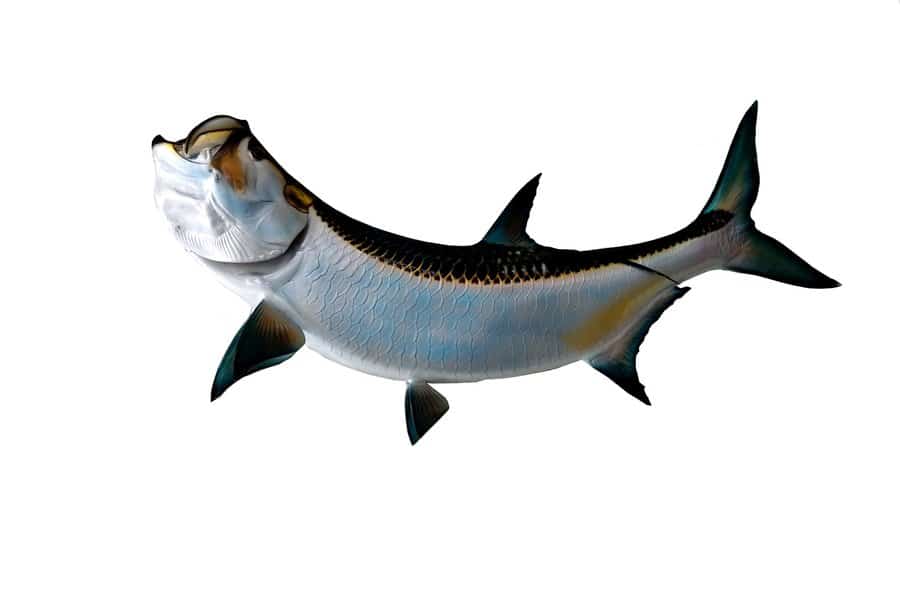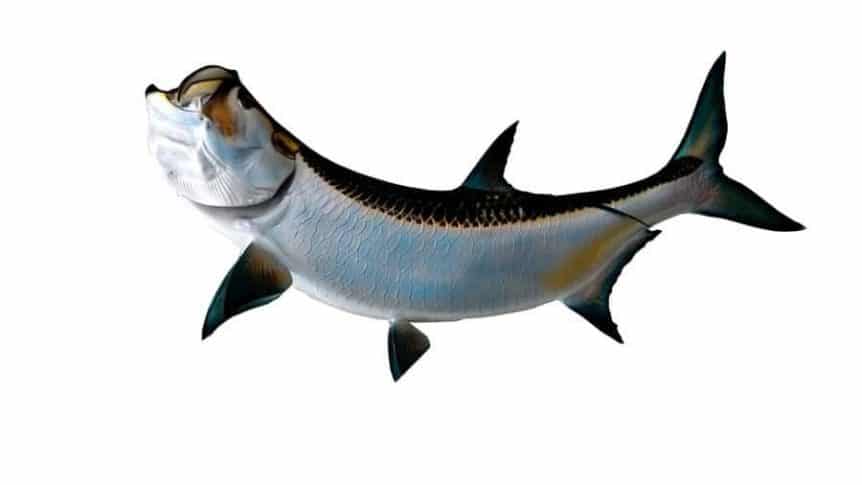
Picture this: you’re drifting along Costa Rica’s Caribbean coast, the Rio Colorado’s muddy waters swirling beneath you, when a 100-pound tarpon explodes from the surface, tail-dancing like it owns the place. That’s the thrill that hooked me on tarpon fishing here—and trust me, it’s why anglers from all over flock to this tropical gem. Locals call them “sabalo,” but to the world, they’re the silver king (Megalops atlanticus), a game fish that roams freely from saltwater to freshwater with a grin-inducing fight.
Whether you’re a newbie or a seasoned caster, tarpon fishing in Costa Rica is a year-round adventure with a few prime windows to maximize your haul. Let’s break down the when, where, and how of tangling with these beasts.
When to Hunt Tarpon: Seasons That Deliver
Here’s the good news: you can chase tarpon in Costa Rica any month you please. The Caribbean side, where they reign supreme, sees them year-round. But if you’re timing it right, January through May is pure gold—swarms of tarpon flood the Rio Colorado and its lagoons, sometimes by the thousands, peaking in spring.
September to October flips the script: numbers thin out in rivers, but offshore, they school up in massive rolling packs just beyond the river mouths, a sight that’ll make your jaw drop. June to August quiets down a bit, though local weather—think calm days or a post-storm bite—can still turn a slow month into a banner day. It’s less about seasons and more about reading the wind and waves.
Where Tarpon Thrive: Costa Rica’s Hotspots
The Caribbean coast is tarpon central, stretching from Limón to the Nicaraguan border. Barra del Colorado’s the crown jewel—its vast watershed of creeks, lagoons, and three river mouths is a tarpon highway, fed by Lake Nicaragua via the Rio San Juan. Fish here average 75–150 lbs, with 200-pounders in the mix. Parismina’s a close second; when the ocean’s flat, its offshore bite rivals anywhere on Earth, though river fishing can stall if breakers block boat access.
Tortuguero, famed for turtles, doubles as a tarpon haunt—boats often scoot north to Barra’s waters, dodging the rocky bottom that favors snook instead. Don’t sleep on Caño Negro either, a freshwater haven where resident tarpon hang year-round. Wherever you cast, these fish are on the move.
How to Hook a Tarpon: Tips from the Pros
Tarpon are scrappy and smart—fooling them takes some know-how. I leaned on Todd Staley, a 20-year Costa Rican fishing vet who’s jumped over a thousand silver kings since age 10. His take? “Worst day: zero hookups. Best day: 60 jumps.” You’ll land somewhere in between, but his advice is gold: trust your guide. Costa Rican tarpon don’t care about your Florida playbook—local tricks rule. In rivers, anchor near sandbar drop-offs and work floating Rapalas or cockroach flies into the holes; a schooled-up lagoon means shallow-water acrobatics with a 65M MirrOlure.
At river mouths, drift behind breakers with DOA Baitbusters or jigs, repeating the run from surf to 40 feet deep—strikes hit like clockwork on hungry days. Offshore, jig in 55–65 feet over tide rips, where tarpon roll by the acre, sometimes doubling up on a single cast.
Here’s a quick tackle guide:
| Spot | Rod | Line | Lure/Fly | Best Time |
|---|---|---|---|---|
| Rivers/Lagoons | 6.5–7 ft, medium | 12–20 lb | Rapalas, flies | Jan–May |
| River Mouths | 7 ft, medium-heavy | 15–20 lb | DOA Baitbusters | Sep–Oct |
| Offshore | 7 ft, heavy | 20–30 lb | Jigs, spoons | Sep–Oct |
Fly anglers, bring a 12–13 wt rod with 200 yards of 20–30 lb backing—tarpon don’t mess around. Light tackle fans might snag an 80-pounder chasing snook jigs in December–February.
Why Tarpon Are the Ultimate Catch
Tarpon aren’t just fish—they’re a rush. They’ll leap 10 feet skyward, shake like they’re possessed, and test every ounce of your gear. Averaging 80 lbs, with giants topping 200, they’re built for battle. The Rio Colorado’s a pipeline from the Caribbean to Lake Nicaragua, and they cruise it like kings, feeding on whatever the rivers churn up—mullet, shrimp, you name it. I’ve seen novices beam after their first jump and pros sweat landing a trophy. Todd’s best day still haunts me—60 jumps! Even on a slow day, the scenery’s worth it: jungle rivers, turquoise seas, and a fish that’s pure adrenaline.
Cast Off: Your Tarpon Trip Starts Here
Costa Rica’s tarpon game is as good as it gets—January–May for river madness, September–October for offshore schools, and sneaky bites year-round if the weather plays nice. From Barra del Colorado’s wild waterways to Parismina’s calm-day magic, you’re in for a fight. Pack your rod, listen to the locals, and get ready to wrestle a silver king. My first tarpon here changed me—yours might too.

